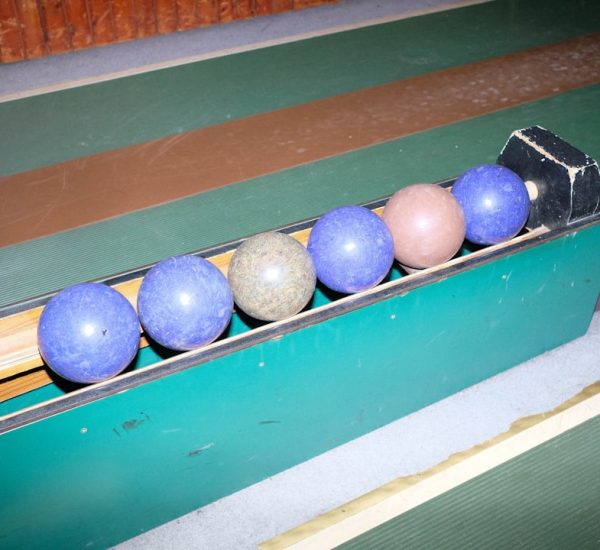If you’ve ever experienced persistent pain on the outside of your elbow, especially after repetitive hand or wrist movement, you might have encountered a common condition known as tennis elbow. Despite the sporty nickname, this isn’t just a problem for athletes. Construction workers, office employees, chefs – anyone who frequently uses their hands – can develop it. One of the most common questions is: how long does tennis elbow last? The answer isn’t the same for everyone, but understanding the condition can help set realistic expectations for recovery.
TL;DR (Too Long; Didn’t Read)
Tennis elbow typically lasts between 6 weeks and 6 months, but some cases can persist for up to a year or more without treatment. Recovery time depends on factors such as the severity of the injury, how early it’s diagnosed, and the effectiveness of treatment. Rest and physical therapy often accelerate healing, while repetitive strain or ignoring symptoms can prolong recovery. In chronic cases, medical intervention like corticosteroid injections or surgery might be required.
What Exactly Is Tennis Elbow?
Tennis elbow, medically known as lateral epicondylitis, is a condition in which the tendons that connect your forearm muscles to your elbow become inflamed or injured due to overuse. The pain generally occurs on the outside of the elbow and can radiate down the forearm, especially during gripping or lifting actions.
Despite its name, less than 5% of people diagnosed with tennis elbow are tennis players. It’s more accurately a repetitive strain injury, often seen in individuals who perform the same motion repeatedly over time.

What Causes Tennis Elbow?
Tennis elbow results from overuse and repetitive motion that strains the tendons in your elbow. Activities that can lead to it include:
- Using hand tools (e.g., screwdrivers or hammers)
- Typing or using a mouse for prolonged periods
- Playing musical instruments
- Painting or other wrist-intensive work
Over time, the constant stress irritates or microscopically tears the tendon, especially where it attaches to the bony bump (lateral epicondyle) on the outside of the elbow.
How Long Does Tennis Elbow Last?
On average, tennis elbow lasts around 6 months, but the length of time varies widely depending on several factors. Let’s break down possible recovery timelines:
1. Mild Tennis Elbow
This level includes minor discomfort that only appears during certain activities. If caught early and treated right away, this stage might resolve in 6 to 8 weeks with rest, icing, and stretching.
2. Moderate Tennis Elbow
Pain becomes more persistent, lasting through daily tasks and resting periods. Recovery may take 3 to 6 months, particularly if physical therapy is required for proper healing.
3. Chronic Tennis Elbow
Symptoms last longer than 6 months and may worsen despite initial treatments. Chronic cases can linger for a year or more, sometimes requiring injections or even surgery.
Factors That Influence Recovery Time
Several variables can impact how fast someone recovers from tennis elbow:
- Age: Tendons naturally lose their elasticity over time, delaying healing in older adults.
- Severity of the initial injury: A deeper tendon tear will obviously require a longer healing period.
- Type and frequency of treatment: Those who get early intervention tend to heal faster.
- Compliance: Failure to rest or modify activities can set back the recovery process.
- Occupation or lifestyle: Continued use of the affected arm can prolong or worsen symptoms.

What Treatments Help Shorten Recovery Time?
The good news is that most cases of tennis elbow are treatable without surgery. Here are some of the most effective interventions:
- Rest: Stop or adapt the activity causing pain to prevent further damage.
- Ice Therapy: Applying ice packs to the elbow reduces inflammation and provides pain relief.
- Physical Therapy: Exercises that stretch and strengthen the forearm can help restore function.
- Bracing or Strapping: Elbow bands can redirect pressure away from the tendon.
- Anti-inflammatory medication: Over-the-counter drugs like ibuprofen alleviate pain and swelling.
- Corticosteroid Injections: In more serious cases, doctors may recommend this to reduce inflammation quickly.
- PRP Injections (Platelet-Rich Plasma): A relatively new option that promotes tendon healing using a sample of your own blood.
- Surgery: Typically only used after 9-12 months of unsuccessful non-surgical treatment.
Tips to Prevent a Recurrence
Once you’ve recovered, it’s crucial to protect your arm from further injury. Here’s how:
- Use proper technique: Whether lifting a box or swinging a tennis racket, ergonomics matter.
- Strengthen supporting muscles: Strong shoulders, wrists, and upper back muscles reduce elbow strain.
- Warm up and stretch: Always prepare your muscles and tendons before engaging in physical activity.
- Manage workload: Avoid repetitive strain by alternating tasks and incorporating rest breaks.
- Adjust equipment: Lightweight tools or ergonomic mouse/keyboards can help reduce strain.
When Should You See a Doctor?
It’s tempting to tough it out, especially in the early stages. But if your pain hasn’t improved after 4-6 weeks with rest and home care, it’s time to consult a professional. A physical therapist might design a recovery program tailored to your needs, or a physician might order imaging tests (like an MRI or ultrasound) to rule out other issues like arthritis or nerve entrapment.
Alternative Therapies: Do They Work?
Many patients explore alternative treatments, and while the research is still evolving, some have seen promising results from:
- Acupuncture: May stimulate blood flow and relieve muscle tightness in the forearm.
- Shockwave Therapy: Uses sound waves to stimulate healing in chronically inflamed tendon tissue.
- Massage Therapy: Deep tissue massage can break down adhesions and improve mobility.
Though these may not replace conventional treatments, they can often work as supportive strategies in a broader recovery plan.
Conclusion
Tennis elbow can be frustrating, painful, and persistent – but it’s also very treatable. With early diagnosis, lifestyle adjustments, and appropriate therapy, the majority of people recover within 6 months. However, individual timelines vary, and some may need a little extra help from medical procedures or rehab therapy.
Don’t ignore elbow pain – the earlier you address it, the quicker the recovery. Your elbow might just need rest, a smarter way to perform certain tasks, or a guiding hand from a healthcare professional to get back to full strength.



